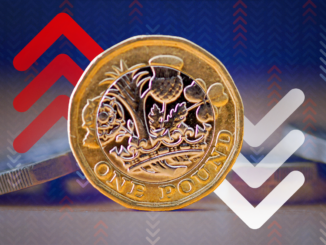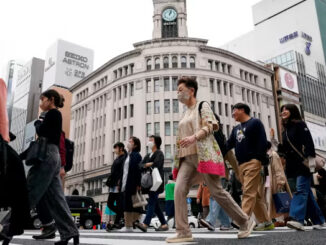
As policy ideas go, the minimum wage has had a great run of it. Productivity might have been disappointing after the financial crisis, average pay growth might have been weak, but the minimum wage was one policy tool that seemed to help people at the bottom of the ladder.
When Germany introduced a minimum wage in 2015, it reduced wage inequality without hurting people’s employment prospects.
When the UK’s Conservative government supercharged the minimum wage for over-25s in 2016, it didn’t do much for productivity but it did reduce low pay while employment levels continued to rise. Other countries and regions took the same approach, from South Korea to a swath of US states.
Then the pandemic and the war in Ukraine turned the macroeconomy upside down. So how has the minimum wage fared through this bout of high inflation — did it run into trouble?
It could have gone wrong in a couple of ways. On the one hand, the various mechanisms that exist in different countries for uprating the wage floor might have proved too slow or too cautious to keep up with the surge in prices. That could have led to a sharp fall in real-terms pay for workers at the bottom — a bad outcome for people who are especially vulnerable to the price shock as they spend a bigger chunk of their incomes on energy and food.
Loading…
Source: www.ft.com
ENB
Sandstone Group



